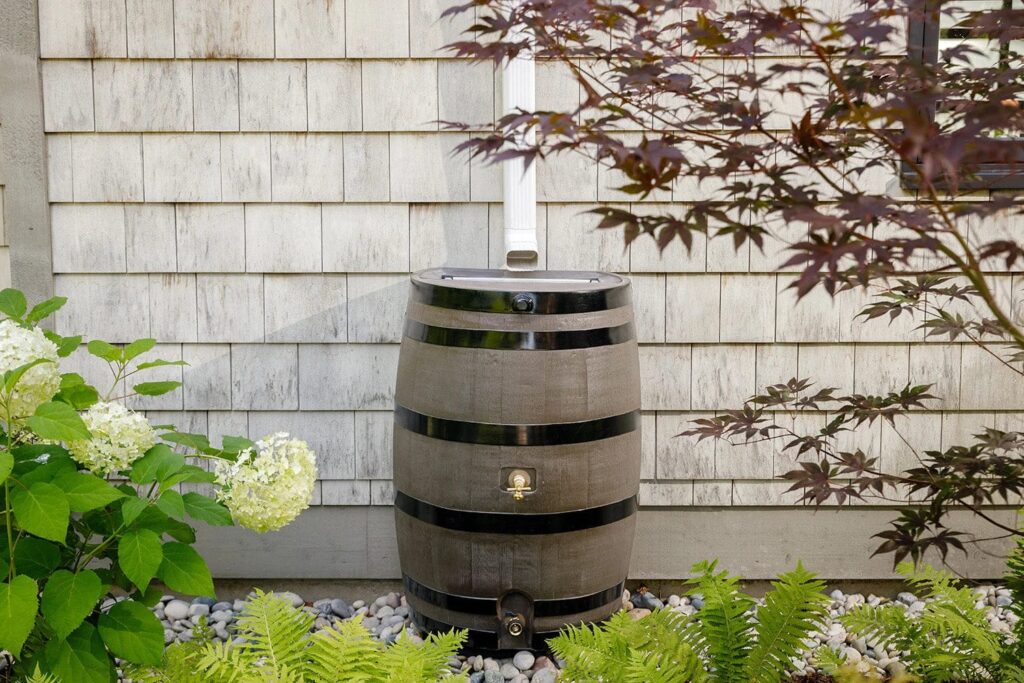Sustainable Greenspaces and Landscapes

Importance of Sustainable Green Industry and Landscapes
Maintaining sustainable greenspaces and landscapes includes designing, constructing, operating and managing to promote and provide ecosystem services, beautification, and improve human health. This includes practices such as proper planning, design, and plant selection, soil conservation and protection, stormwater management, and urban forestry conservation.

Proper Planning, Design, and Plant Selection
Proper planning, design, and plant selection involves conducting a site analysis prior to designing a landscape, selecting plants adapted to your climate and natural pests, and proper placement and spacing when installed in the landscape.

Soil Conservation and Protection
Soil conservation and protection in urban spaces is essential as the soil sustains plant, animal, and arthropod life, helps preserve natural resources and watersheds, and can assist in improving water quality.

Stormwater Management
Stormwater management in urban spaces can include the use of green infrastructure such as rain gardens, green roofs, bioswales, bioretention, constructed wetlands, dry wells, and permeable pavements. New development may be required by municipal ordinance to include stormwater controls, and many of these green stormwater practices can be implemented where space is limited. Retrofitting existing developed sites with green stormwater infrastructure is also beneficial. These stormwater management practices help protect local surface water quality and can improve groundwater storage, which reduces impact from temporary drought conditions.

Urban Forest Conservation and Management
Urban forest conservation and management in community and urban spaces includes planning, planting, maintenance, and management of urban trees, forests, and greenspaces.

Introduction to Sustainable Greenspaces and Landscapes
Explore Introduction to Sustainable Greenspaces and Landscapes
